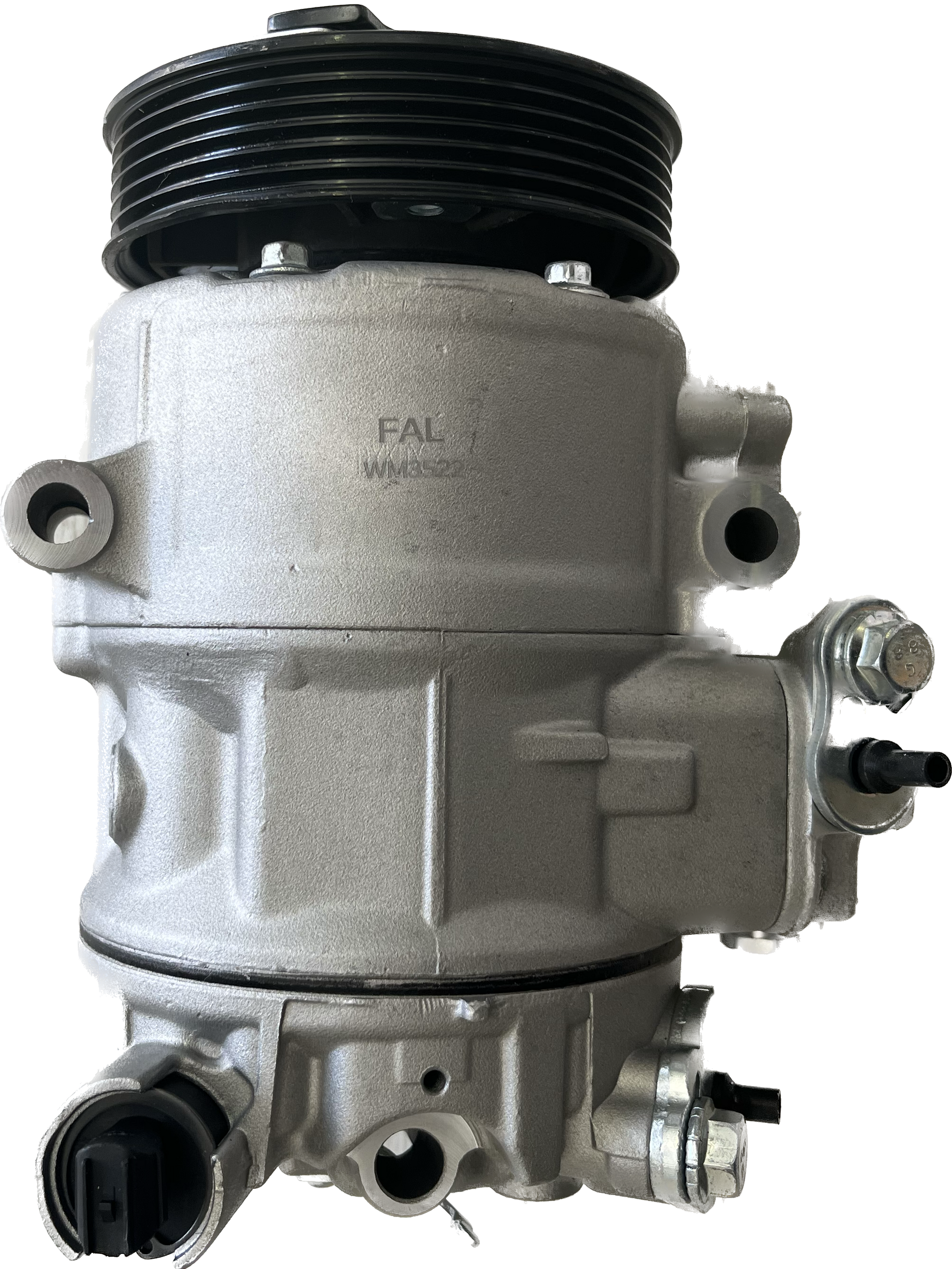Reduce downtime by using a well-maintained clp engine.
Reduce downtime by using a well-maintained clp engine.
Blog Article
Just How a Clp Engine Can Enhance Effectiveness in Various Industries
The arrival of CLP engines marks a significant shift in functional effectiveness across various markets, driven by their ability to optimize gas usage and minimize downtime. As organizations progressively prioritize sustainability along with efficiency, the function of CLP engines ends up being even much more essential.
Overview of CLP Engines
CLP engines, or Continual Liquid Propellant engines, represent a substantial development in propulsion modern technology, especially for room applications. These engines make use of a continuous feed system that enables the continual expulsion of propellant, causing improved efficiency and performance compared to conventional strong or hybrid propulsion systems. By maintaining a consistent flow of fluid propellant, CLP engines can attain a lot more precise thrust control, which is vital for steering spacecraft in different goal circumstances.
The design of CLP engines integrates advanced products and cutting-edge fuel monitoring systems. clp engine. This results in lowered weight and boosted reliability, vital variables for long-duration room objectives. The continuous procedure decreases the risk of burning instability, a common difficulty in standard rocket engines.

Advantages in Manufacturing
The manufacturing of Continuous Liquid Propellant (CLP) engines presents a number of remarkable benefits that enhance both effectiveness and cost-effectiveness. Among the primary advantages is the streamlined manufacturing process, which lowers the complexity linked with conventional propulsion systems. By utilizing liquid propellant, suppliers can accomplish better accuracy in engine performance, leading to enhanced power output and minimized waste.
Furthermore, CLP engines promote a higher degree of modularity, permitting for much easier combination right into numerous production lines. This adaptability can substantially lower preparations and boost overall operational adaptability. Using CLP technology likewise has a tendency to lessen the requirement for extensive maintenance because of fewer relocating components, which equates right into lowered downtime and operational prices.

Applications in Logistics
Leveraging Continual Liquid Propellant (CLP) engines in logistics provides considerable advantages in operational performance and reliability. These engines give a durable solution for various transportation needs, enabling the smooth activity of goods throughout large distances. The inherent style of CLP engines enables consistent power output, which equates right into smoother why not try this out and much more predictable transport routines.
Among the essential applications of CLP engines in logistics remains in sturdy freight transport, where they can drive both ground and airborne automobiles. Their ability to maintain high performance under varying lots problems guarantees that shipment timelines are satisfied, thereby boosting client complete satisfaction. In addition, CLP engines can be incorporated right into automated logistics systems, helping with real-time monitoring and maximizing course preparation.
Additionally, the toughness of CLP engines lowers maintenance downtime, permitting logistics business to maximize their operational abilities. This is specifically valuable in warehousing operations, where efficiency in taking care of and delivering items is important. As logistics remains to develop, the integration of CLP engines stands for a forward-thinking strategy that not just enhances efficiency however additionally sustains the industry's expanding demands for reliability and rate.
Effect On Power Efficiency
Just How do Continuous Liquid Propellant (CLP) engines boost power performance in transportation? CLP engines make use of a regular flow of liquid gas, enhancing burning procedures and maintaining a secure thrust outcome. This style minimizes power losses related to traditional burning engines, where gas delivery can differ and bring about ineffectiveness.
The continual operation a fantastic read of CLP engines permits a more reliable thermal cycle, leading to higher certain impulse contrasted to traditional engines. clp engine. This equates to reduced gas consumption for the same amount of work done, dramatically lowering operational costs throughout various transport markets, including air travel and maritime sectors
In addition, the capability of CLP engines to preserve optimum efficiency under varying load conditions minimizes the demand for regular acceleration and slowdown, further boosting fuel performance. Improved energy efficiency not only contributes to cost financial savings but also causes lower greenhouse gas exhausts, lining up with international sustainability objectives.
Future Trends and Innovations
Emerging developments in Continual Liquid Propellant (CLP) engine innovation guarantee to transform the landscape of transport performance and sustainability. As industries pivot towards greener alternatives, CLP engines stand at the leading edge, incorporating ingenious products and layout methods that boost performance while reducing ecological impact.
One of one of the most appealing patterns is the adoption of crossbreed systems that integrate CLP engines with renewable energy resources. This synergy can enhance fuel usage and reduce discharges, aligning with worldwide sustainability goals. Additionally, advancements in computational fluid characteristics (CFD) navigate to this site are promoting the style of more aerodynamically effective engines, leading to reduced drag and improved gas efficiency.
Furthermore, the development of clever tracking systems is set to enhance operational efficiencies. These systems utilize data analytics and IoT modern technology to optimize engine performance in real-time, guaranteeing that the engines run within their most effective specifications.
As study proceeds to explore different propellant formulas-- such as biofuels and artificial fuels-- the future of CLP engines looks appealing. By utilizing these developments, industries can not just improve their effectiveness however additionally add significantly to a cleaner, much more lasting future in transportation.
Verdict
To conclude, CLP engines represent a considerable advancement in effectiveness throughout numerous sectors. Their capability to maximize fuel intake and reduce functional costs, combined with a continual feed system, enhances power output and functional reliability. The integration of sophisticated materials and less relocating components decreases upkeep demands, while positioning with sustainability goals positions CLP engines as an essential innovation for the future. Proceeded innovation in this field guarantees more improvements in performance and environmental efficiency.
Report this page